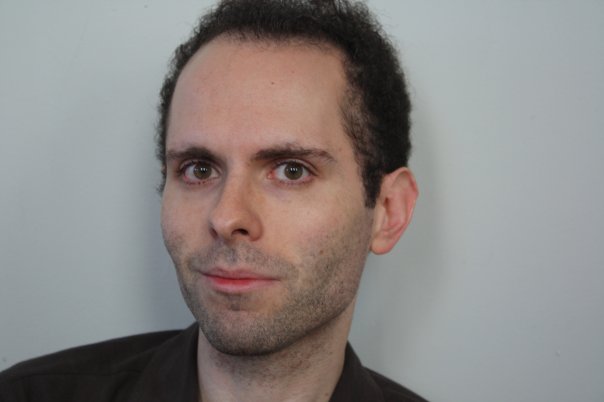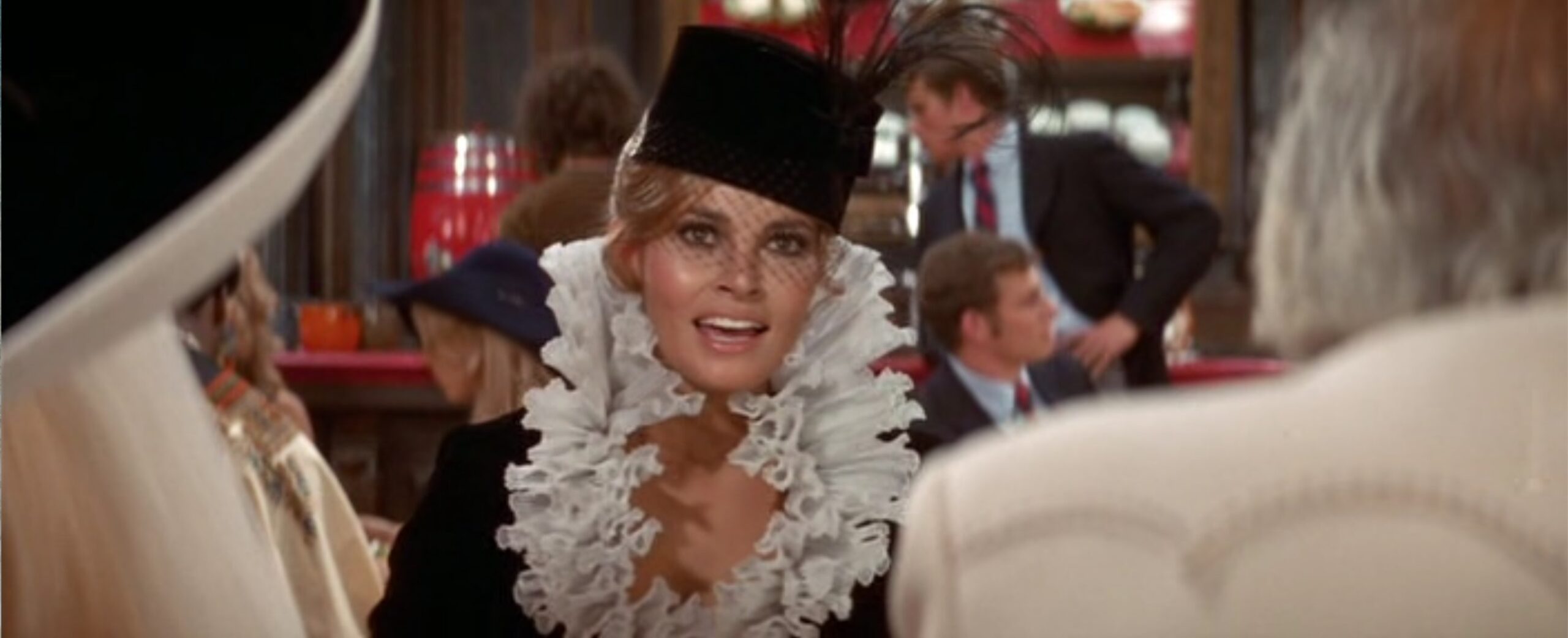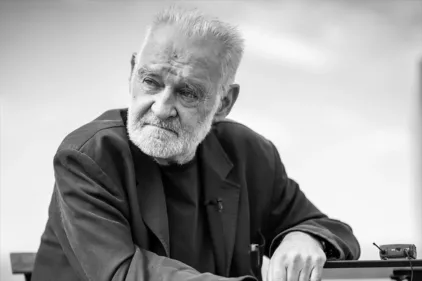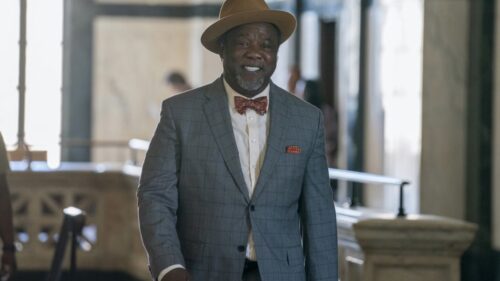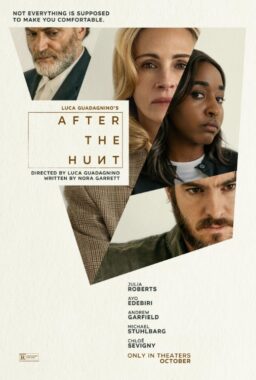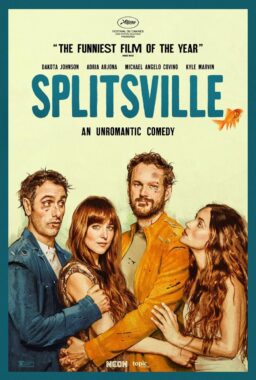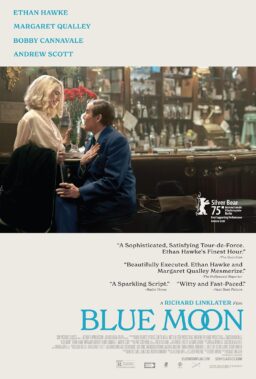If you watch TV programs from the late 1960s and 1970s, the name Raquel Welch continually gets mentioned by all manner of characters as the most prominent va-va-voom sex symbol of that era. Welch was a phenomenon, and her image was based on a lot of publicity and pin-up posters of her in “One Million Years B.C.” (1966), where she wore a fur bikini. She had made a splash earlier that year in “Fantastic Voyage,” a science fiction movie in which a flight crew is miniaturized to repair the damage in the brain of a scientist, and so Welch got her start as eye candy in two uninhibited genre pictures.
Welch was only five feet, six inches tall, but she came across as statuesque and hard and a little imperious, a warrior without any of the vulnerability that had characterized sex symbols of the past, from Clara Bow to Rita Hayworth to Marilyn Monroe. She had a spectacularly constructed face made even more striking by mid-1960s eye make-up and a mane of teased hair. In the still photos that first made her a star, she keeps her mouth slightly open and her eyes wide, yet the effect is commanding, as if Welch knew full well what a stunner and head-turner she was and was enjoying it to the maximum.
Welch never did a nude scene on screen, even when this became standard in the 1970s, and when she posed for Playboy, she did not do any full nude photos, which was canny of her. She was an old-fashioned withholding sex symbol in that way. Welch can be seen as a transitional figure, and what a figure it was, nearly beyond belief. But even when she was displaying it in a bikini, she seemed to be fully armored and nearly unreal in her resplendent physical perfection.
She was born Jo Raquel Tejada in Chicago, Illinois, in 1940. Her father was of Spanish descent, and her mother was of English ancestry, a link to Rita Hayworth, whose parentage was similar. Welch grew up in California and studied ballet until she was told her body would never do what she wanted it to do as a ballet dancer; she began to win beauty contest prizes, and she married her high school sweetheart James Welch and had two children. After her divorce from Welch, she moved with her children to Dallas and worked as a cocktail waitress and at the Neiman Marcus store; she later described this as a precarious and tough time for her.
Welch moved to L.A. and eventually got a manager named Patrick Curtis, who decided to build her up as a new sex symbol; she married him in 1967. After some TV appearances, she signed a contract with Fox, who wanted to change her first name to Debbie. She was told that Raquel would be too hard to pronounce, but she resisted. Welch had only three lines in “One Million Years B.C.,” yet that poster of her in the fur bikini was everywhere in the late 1960s. When she played with Edward G. Robinson in “The Biggest Bundle of Them All” (1968), the veteran actor spoke warningly in the press about a body only taking you so far in show business.
In interviews, it became clear that Welch was sharp-witted, candid, and very aware of her position and her need to improve as an actress, even if a run of poor films asked little of her. She lobbied to get the leading role in a film adaptation of Gore Vidal’s audacious “Myra Breckinridge” (1970), in which she crossed swords with top-billed Mae West both on screen and off and dined out on Mae stories for the rest of her life. “Myra Breckinridge” is a famously bad movie, very poorly and incoherently directed by Michael Sarne, but it has become a cult classic, and Welch herself is surprisingly authoritative and funny and lethal as its transgender heroine given the circumstances.
Welch was even funnier when she recorded an audio commentary for a DVD release of the film years later and came out with lines like, “Farrah [Fawcett] is being an airhead here … not that she’s like that in real life … far from it!” This notoriously misbegotten movie revealed that Welch had all the snarly camp wit of a top drag queen at her disposal, and she said in later interviews that if she had any real talent for acting, it was for comedy. “I’m just here for the laughs,” she sighs at the end of this DVD commentary, after spending some of it trying to make sense of the movie she is watching. Welch also showed that she could sing on a TV special called “Raquel!” in 1970.

She got her best dramatic part in “Kansas City Bomber” (1972), a roller derby movie that required some bruising physical stunts, and she was funny again in “The Three Musketeers” (1973) and “The Four Musketeers” (1974). But when she worked with director James Ivory on “The Wild Party” (1975), he was scathing in the press about what he felt were her movie star demands and temperament. Her film career began to decline, but she often appeared to present at the Academy Awards and was still famous for being famous, and famously beautiful.
Welch took over for Lauren Bacall in the musical “Woman of the Year” on Broadway in 1981, providing star power and a far more pleasing singing voice than its original star. But her movie career effectively collapsed after she sued MGM for firing her from “Cannery Row” (1982), a John Steinbeck adaptation where her role was taken over by Debra Winger. Welch won 10 million dollars from MGM in 1986 for breach of contract, which was not looked on kindly in Hollywood. Welch struggled to get acting jobs after that; she did a TV movie called “Right to Die” (1987) that she was proud of, and she returned to the Broadway stage in another gender-bending role as a replacement for Julie Andrews in “Victor/Victoria” in 1997.
Welch would turn up occasionally after that, in a small role in “Legally Blonde” (2001) and on television, and she also did a singing nightclub act periodically in Las Vegas. In the new century, in some ways, Welch returned to the way she began: marketing her image. She wrote books on beauty and fitness, promoted a jewelry and skincare line, and even promoted a line of wigs. “I was not brought up to be a sex symbol, nor is it in my nature to be one,” Welch said in 2018. “The fact that I became one is probably the loveliest, most glamorous, and fortunate misunderstanding.”
It was clear she took pride and enjoyment in being Raquel Welch; she talked about how she loved entering a room during the height of her fame and all the heads that would turn for her. There was some talent there, but Welch knew she would be remembered most as an image of female beauty, an ideal of sorts. Unlike many sex symbols, she kept control of her life and lived to enjoy her old age. She was still putting together “Raquel Welch” for us until the very end with make-up and her wigs and so forth, and of course, it must have taken her longer to construct this image than it did in the 1960s, but the effect was still a wow. It is an image that should last.
